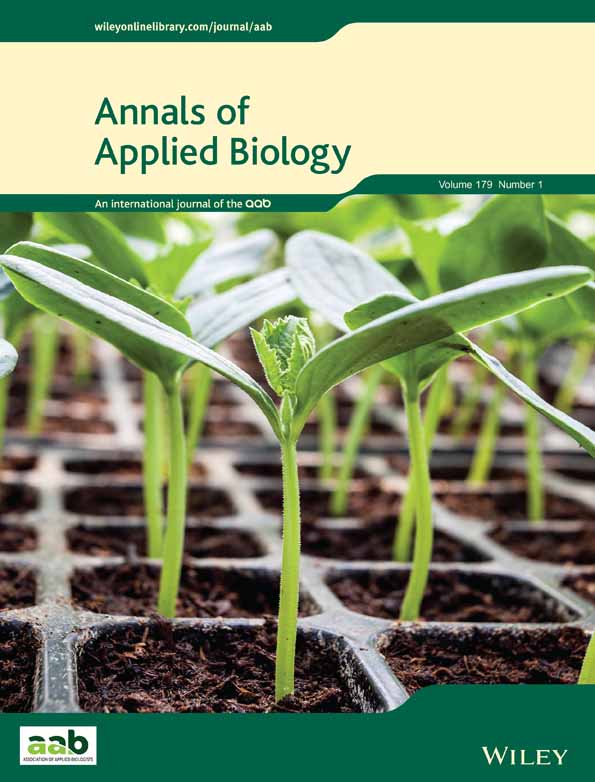Ver ítem
- xmlui.general.dspace_homeCentros Regionales y EEAsCentro Regional Patagonia NorteEEA BarilocheArtículos científicosxmlui.ArtifactBrowser.ItemViewer.trail
- Inicio
- Centros Regionales y EEAs
- Centro Regional Patagonia Norte
- EEA Bariloche
- Artículos científicos
- Ver ítem
Assessing soil microbial biodiversity as affected by grazing and woody vegetation cover in a temperate savannah
Resumen
Although it is well established that land use and management affects soil microbial biodiversity, with consequences for soil-mediated ecosystem services, knowledge on human-induced variability in soil bacterial and fungal communities is more abundant for cropping than for livestock systems. In particular, grazing management affects vegetation cover and light availability to lower vegetation layers, particularly in wooded grazing ecosystems. Our objective
[ver mas...]
Although it is well established that land use and management affects soil microbial biodiversity, with consequences for soil-mediated ecosystem services, knowledge on human-induced variability in soil bacterial and fungal communities is more abundant for cropping than for livestock systems. In particular, grazing management affects vegetation cover and light availability to lower vegetation layers, particularly in wooded grazing ecosystems. Our objective was to evaluate the use of T-RFLP analysis to characterize soil microbial community patterns. We worked in a grazed temperate savannah in Entre Ríos (Argentina) and focused on two farms with different grazing management, resulting in different vegetation cover. At each farm, we sampled soils from four conditions forming a two shrub cover conditions (Open and Close) by two light availability conditions (High and Low) factorial set with three replicates. T-RFLP data for bacteria and fungi were used to characterize biodiversity patterns (diversity indexes, relative abundance of operational taxonomic units and community structure). Analyses were performed, between and within farms, using nonmetric multidimensional scaling analysis, non-parametric multivariate analysis of variance and network analysis. Variation patterns of soil microbial communities were detected using T-RFLP analysis in savannah soils from these two livestock farms. Farm, light and shrub conditions were statistically significant factors shaping variation patterns. For bacterial communities, light availability and shrub cover affected biodiversity and community structure respectively, but this impact was detected only for the farm with lower grazing intensity. For fungal communities, light availability was the factor shaping community structure, also with slightly higher impact on the farm with lower grazing intensity. These results suggest that in temperate woodlands lower grazing intensity, associated with higher vegetation cover, increases bacterial biodiversity while it decreases fungal community structure. Soil bacterial and fungal communities, showed contrasting patterns, and appear as sensitive indicators to monitor grazing management effects. We showed that T-RFLP analysis is a cost-effective methodology (compared to Illumina sequencing) that would be useful to disentangle impact of grazing intensity and vegetation
cover in grazed temperate savannah.
[Cerrar]

Fuente
Annals of Applied Biology (First published: 07 April 2021)
Fecha
2021-04-07
Editorial
Wiley
ISSN
1744-7348
Formato
pdf
Tipo de documento
artículo
Proyectos
(ver más)
Palabras Claves
Derechos de acceso
Embargado
 Excepto donde se diga explicitamente, este item se publica bajo la siguiente descripción: Creative Commons Attribution-NonCommercial-ShareAlike 2.5 Unported (CC BY-NC-SA 2.5)
Excepto donde se diga explicitamente, este item se publica bajo la siguiente descripción: Creative Commons Attribution-NonCommercial-ShareAlike 2.5 Unported (CC BY-NC-SA 2.5)

